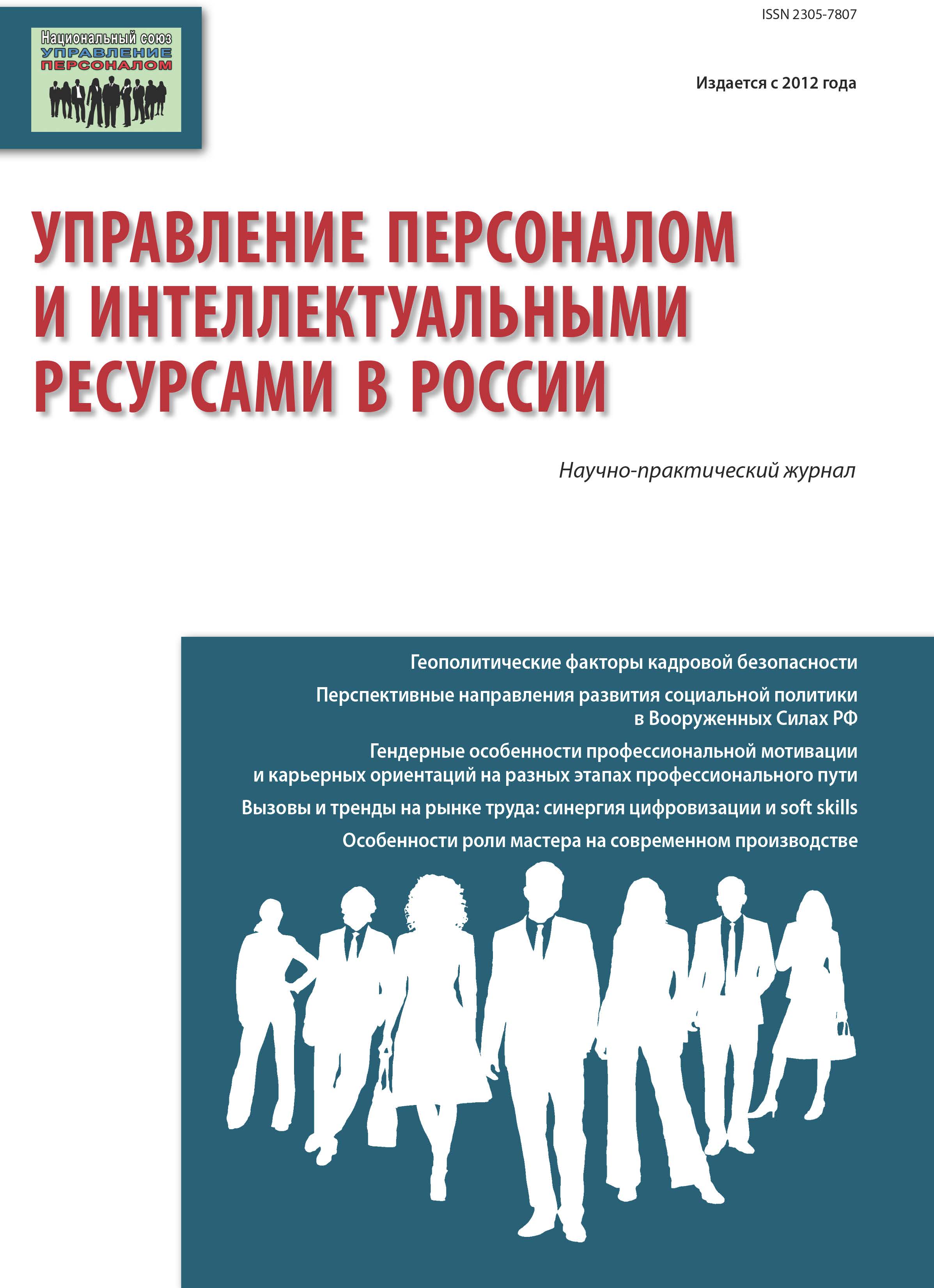Sankt-Peterburg, St. Petersburg, Russian Federation
Russian Federation
The motive is the reason, the reason for any action, and the motivation of the staff becomes important for two reasons. On the one hand, staff motivation plays a key role in achieving the organization’s goals. On the other hand, employees within the organization have their own goals, which cannot be achieved without proper motivation. It is important for the management of the enterprise to know the level of personnel motivation that will allow to adopt this or that strategy of human resources management. It is possible to receive an estimation of motivation of the personnel in two ways: the qualitative description or a quantitative estimation. Preference should be given to a quantitative approach, since the evaluation of motivation expressed numerically carries more information than with a qualitative description. The paper considers the method of forming an assessment of staff motivation with the help of fuzzy logic. The choice of such a methodology is based on the fact that under conditions of inaccurate and indefinite description of external conditions, namely in such conditions, motivation is assessed, fuzzy logic allows obtaining a quantitative estimate. In addition, a regression equation is derived that relates the evaluation of motivation to the influencing factors.
staff motivation, motivation factors, fuzzy logic, motivation estimation, regression equation.
Введение
Стимулирование персонала — это создание условий, при которых у работника появляется потребность трудиться как можно лучше, стремясь к достижению высот в профессиональной деятельности.
1. Maslow A. Motivaciya I lichnost’ [Motivation and personality]. St.Petersburg, Piter Publ., 2016. 400 p.
2. Herzberg F. One More Time, How Do You Motivate Employees? Harvard Business Review, 2003, 1, pp. 3-11.
3. Alderfer C. Existence, relatedness and growth: human needs in organizational settings. NY.: FreePress, 1972. 198 p.
4. McClelland D. Motivacia cheloveka [Human Motivation]. St. Petersburg, Piter Publ., 2016. 672 p. EDN: https://elibrary.ru/QXPZRD
5. Shanks N.H. Management and Motivation. Available at: http:// www.jblearning.com (Accessed 10 October 2017).
6. Ismajli N., Qosja E., Krasniqi I. The Importance of Motivation Factors on Employee Performance in Kosovo Municipalities. Journal of Public Administration and Governance, 2015, V. 5, I. 1, pp. 23-39.
7. Manion J. From management to leadership: practical strategies for health care leader. San Francisco: John Wiley & Sons, 2005. 369 p.
8. Tracy B. Motivacia [Motivation]. Moscow, Mann, Ivanov i Ferber Publ., 2014. 144 p.
9. Bojadziev G., Bojadziev V. Fuzzy Logic for Business, Finance and Management. WorldScientific, Singapore, 2007. 232 p.
10. Kecman V. Learning and Soft Computing: Support Vector Machines, Neural Networks, and Fuzzy Logic Models. MIT Press, Cambridge, MA., 2001. 542 p.
11. Ross T.J. Fuzzy logic with engineering applications. NY.: John Wiley & Sons, 2010. 585 p.






